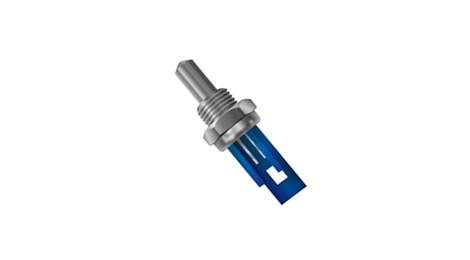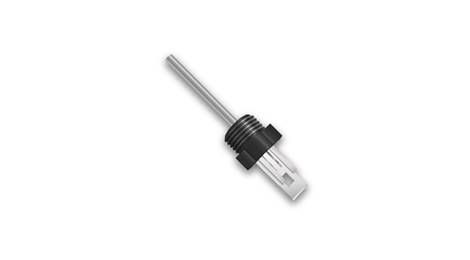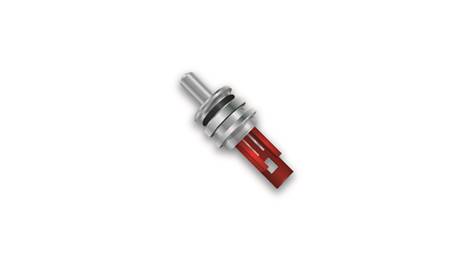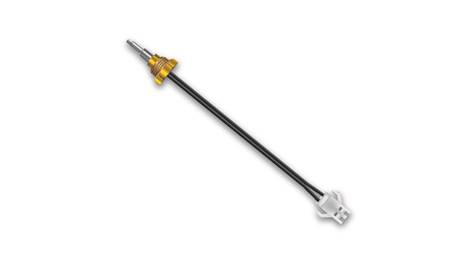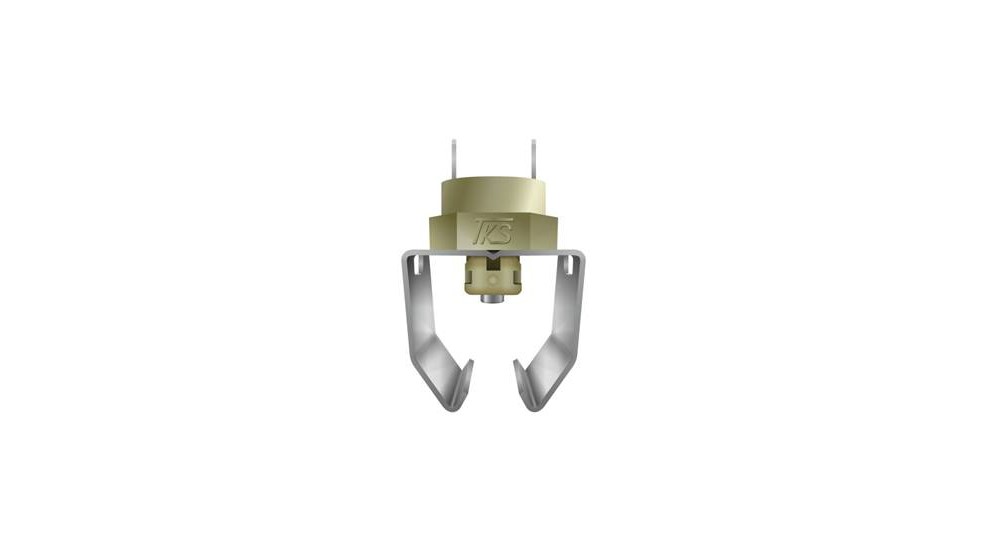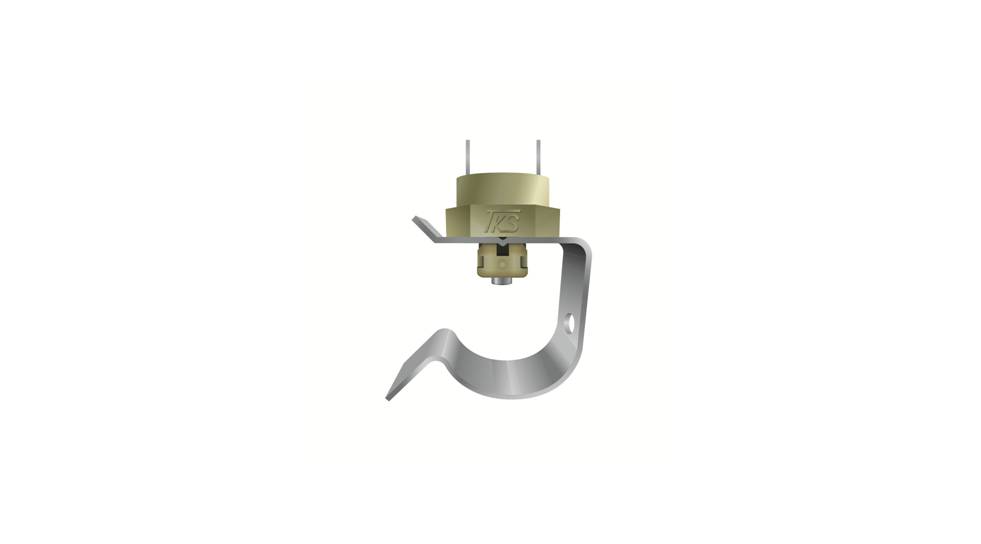Product Application
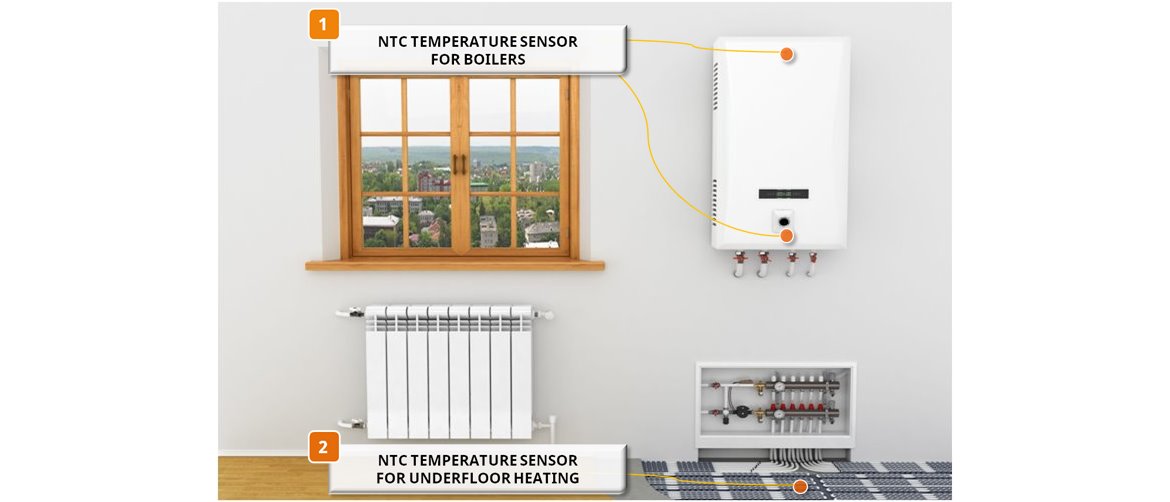
Eine Zentralheizung, bestehend aus einem Heizkessel und Heizungskörpern, ist eines der häufigsten Heizsysteme in Europa und in den USA in Häusern, die nicht über die Fernwärme beheizt werden. Heizkessel sorgen für Raumheizung oder Heißwasser in der Wohnung oder für beides. Zur Gewährleistung der Nutzersicherheit, des Komforts und der Heizleistung sind NTC-Temperatursensoren im Heizkessel die besten Heizungsregler zur Messung der Wasser- oder der Verbrennungstemperatur. Temperatursensoren sind in der Regel an unterschiedlichen Stellen im Heizkessel angebracht und erkennen die Temperatur der Vor- und Rücklaufleitungen für Heißwasserausgabe in der Wohnung und des Rauchgases. THINKING hat NTC-Temperatursensoren mit vielgestaltigen Montageoptionen im Angebot, die sich in unterschiedlichen Heizkesseln und Heizsystemen den Anforderungen entsprechend einsetzen lassen.
THINKING bietet eine Reihe von eintauchbaren Temperatursensoren, die für einen direkten Kontakt mit fließendem Wasser oder Rauchgasen konzipiert sind. Eintauchbare Sensoren erfüllen verschiedenartige Anforderungen in Bezug auf Temperaturmessung und Installation und zeichnen sich dabei ebenfalls durch präzise Temperaturerkennung, schnelle thermische Reaktion (< 3 s), Korrosionsbeständigkeit und langfristige Stabilität aus. Sie dienen zur Messung der Temperatur von Wasser oder Rauchgas und unterstützen die Steuereinheit bei der Erhöhung oder Senkung der Temperatur.
(a) Eine kurze thermische Reaktionszeit und ein praktisches Einschraubdesign machen den NTC-Temperatursensor zu einer idealen Lösung für die Erkennung und Regulierung der Temperatur von Flüssigkeiten in der Leitung. Der in einer vernickelten Messingkappe mit G 1/8-Zoll-Rohrgewinde, Unterlegscheibe und Anschlussteil montierte Temperatursensor lässt sich problemlos installieren.
(b) Das mit kleinem Durchmesser konzipierte Oberteil des Sensors optimiert die Reaktionszeit und ist ideal für die Erkennung von Rauchgasen im Gasheizkessel. Der NTC-Sensor in einem Gehäuse aus 316L-Edelstahl besitzt ein Gewinde, einen O-Ring und einen Anschluss für einen schnellen und mühelosen Einbau.
(c) Der steckbare NTC-Temperatursensor reagiert schnell und ist eine Einbaualternative zum Einschraubdesign.
(d) Zur Optimierung der thermischen Reaktionszeit (< 2 s) wird der schnell reagierende NTC-Sensor auf die Spitze des Gehäuses aus 316L-Edelstahl mit kleinem Durchmesser aufgesetzt. Der Sensor kann je nach Ihren Montageanforderungen individuell mit einer Messingmutter oder einer Klammer ausgestattet werden. Der schnell reagierende Sensor eignet sich perfekt zur Erkennung der Wassertemperatur in Kombithermen und Durchlauferhitzern, sodass die Sicherheit der Nutzer während des Duschens mit heißem Wasser gewährleistet bleibt.
Zur Messung der Temperatur der Vor- und Rücklaufleitungen empfiehlt THINKING einen an der Oberfläche anklemmbaren Temperatursensor, der sich durch hohe Feuchtigkeitsbeständigkeit und hohe Präzision auszeichnet. Dabei wird der NTC-Sensor auf die Spitze eines Messinggehäuses mit kleinem Durchmesser gesetzt, wodurch eine thermische Verbindung zum Metallrohr hergestellt und somit die Reaktionszeit (< 2 s) verbessert wird. Die robuste Federklemme lässt sich leicht installieren und ermöglicht, dass der Sensor problemlos an Rohrleitungen befestigt werden kann. Die Klemmen gibt es in den Durchmessern 13, 15, 18, 22 bis 28 mm, passend zu den unterschiedlichsten Rohrleitungen. Für andere Einbauerfordernisse ist der Sensor auch mit einer einzelnen Klemme erhältlich.
Der NTC-Temperatursensor ist in einem Gehäuse aus 316L-Edelstahl untergebracht und besitzt eine hitzebeständige Leitung, sodass der Sensor einer hohen Temperatur von 250 °C standhalten kann. Er reagiert schnell auf Temperaturschwankungen und ist ideal für die Messung der Temperatur von Rauchgasen. Dank des Flanschdesigns lässt er sich bequem und sicher einschrauben.
In Häusern, deren Fußböden mit Warmwasser beheizt werden, wird das Wasser in einem Heizkessel auf Temperatur gebracht und zirkuliert dann in einem Netz aus Kunststoffrohren. Dabei wird der Temperatursensor zur Regulierung der Zimmertemperatur üblicherweise unter der Fußbodenfläche angebracht. Wir empfehlen die Verwendung eines mit Epoxidharz beschichteten NTC-Temperatursensors (NTSE-Serie) mit Bleileitung, da dieser doppelt isoliert ist und Feuchtigkeit widersteht. Die Kabellängen können den Anwendungsspezifikationen entsprechend angepasst werden.
‧ Neben den Temperatursensoren hat THINKING ein breites Sortiment an Stromkreis schützenden Bauteilen im Angebot, welche die modernen Haushaltsgeräte sichern. Klicken Sie hier, um die empfohlenen Stromkreisschutzvorrichtungen für Haushaltsgeräte anzuzeigen.
‧ Die meisten Temperatursensortypen können je nach Anforderungen bei der Anwendung in verschiedenartigen Formen und mit einer großen Auswahl an Gehäusematerialien, Kabellängen, Anschlussteilen, Anschlussklemmen und Montagebesonderheiten geliefert werden. Alternative Widerstandstoleranzen, R/T-Leistungsmerkmale, Widerstandsdimensionierungen und UL-anerkannte Modelle sind auf Anfrage erhältlich. Kontaktieren Sie uns bitte, um mehr über Temperatursensoren zu erfahren.

